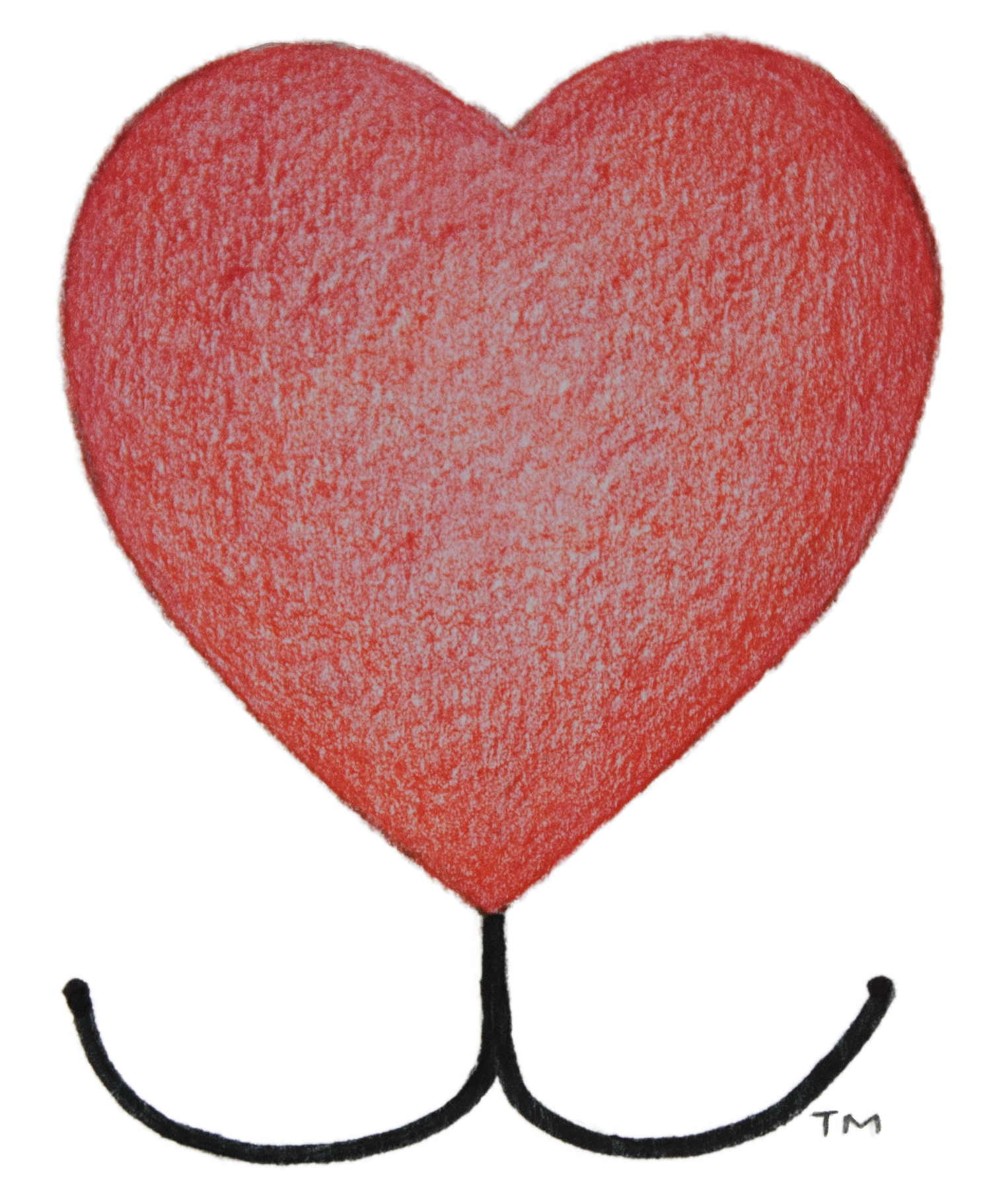How To Write A Children’s Book: Simple and Easy Steps for Kids to Follow
Writing a children’s book is fun, easy, and full of new creative ideas! In this blog, I’ll share how I wrote my Gumper and friends stories, and how you can write your very own book! Let’s hop to it!
Step 1: Pick your story
What will your story be about? Gumper tells us that differences are what makes us special, and that kindness is cool! Will you tell a story like Gumper’s, or will it be your own?
Step 2: Make a story-map or outline
Planning your story before you write it is very important. This will give you direction and help you avoid problems later. Your story-map or outline will be your guide and should have a beginning, middle, and end with steps in between to allow your story to flow smoothly.
Step 3: Title your story
A title should quickly tell the reader what your story is about. When you see The Secret of Gumper the Rabbit, Gumper’s Circle of Love or Gumper Shine’s His Light, can you guess what they’re about?
Step 4: Decide on a setting
Decide where your story will take place. In The Secret of Gumper the Rabbit, the story takes place in Shell’s pet store.
Step 5: Who is your main character?
Gumper is the main character in all his books, which means the story follows him! Choose a main character your story will focus on. Your character should be relatable to your readers and one they want to follow and get to know.
Step 6: Choose some secondary characters
Your main character will need friends! Gumper has Oink, Mateo, and so many more! These characters help tell the story, but are not the focus.
Step 7: Do you want your story to help others learn something?
Gumper wants us to learn about how our differences are a gift and that kindness is cool. He also shares important lessons about friendship, bravery, and working together. This is called the storyline. Your main character could learn a lesson, or also teach one. Write down ideas you’d like to write about and choose the one you like the most!
Step 8: Pick a conflict This makes your story interesting.
Sometimes characters run into struggles or conflicts. Conflicts should be exciting enough to keep your reader’s attention, pull them deeper into your story and root for the main character. Gumper had to be brave when he went past the slippery, slimy, crawly creatures in the dark in The Secret of Gumper the Rabbit. Think of things you have faced in your life that might have been difficult. How did you overcome them? You can use your own past situations as a conflict in your story or you can use your imagination and make a conflict up. Next, show the reader how your character faces the conflict while learning something new. By combining your conflict and your lesson, you have helped your reader understand why the lesson is important and how they might use it too. Gumper learned he needed to be brave if he wanted to save his animal friends.
Step 9: Make it a happy ending
The lesson is learned and the day is saved, it’s time to celebrate. This is a great way to have your character reflect on what they learned, and party with friends! Your ending can be big and exciting, or understated and to the point. But it should end on a good note.
Step 10: Review, edit, repeat
The first draft of your story is rarely the final draft. You need to go back, re-read, and make changes to what you wrote. This can be the longest part of writing your story, but one of the most important. Have different people read your story. A fresh set of eyes can spot mistakes or make suggestions. Be sure to take your time doing this. You want to correct any mistakes and make sure your story says what you want it to say.
Step 11: Draw the pictures!
Once the story is finished, it’s time to draw pictures to go with your story. You can draw your own pictures or have a friend draw them for you. Pictures are very important to children’s books, so take time with these. Choose the right style and colors for your story and make sure you love them.
Hooray! You just wrote a book! Gumper is so excited for you! Now you can put your book
together yourself, or have it printed. Share your creativity with your family and friends so they
get it read it too. Well done!
Additional resources for writing children’s books:
How to Write a Children’s Book: 14 Tips and Steps for Authors
